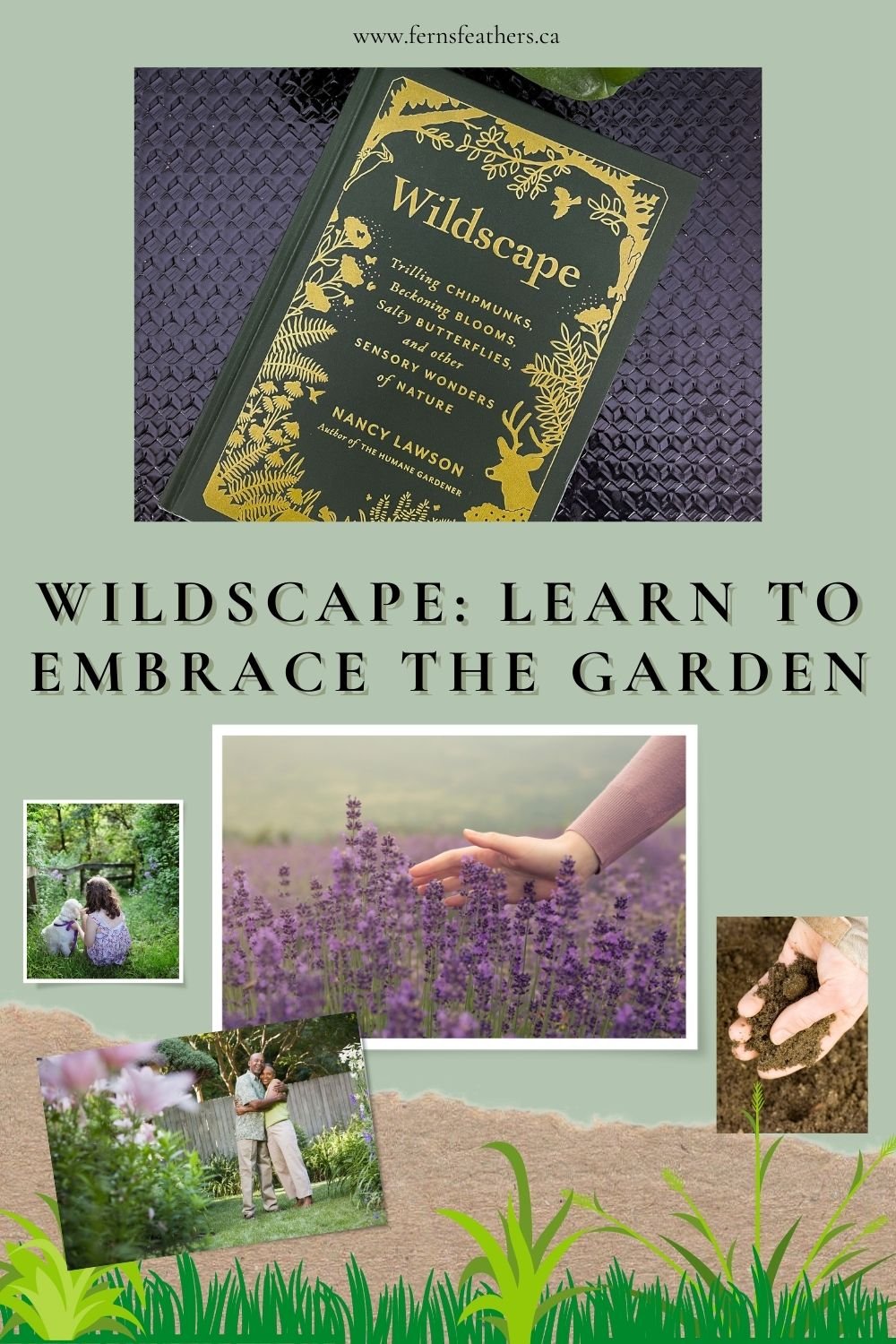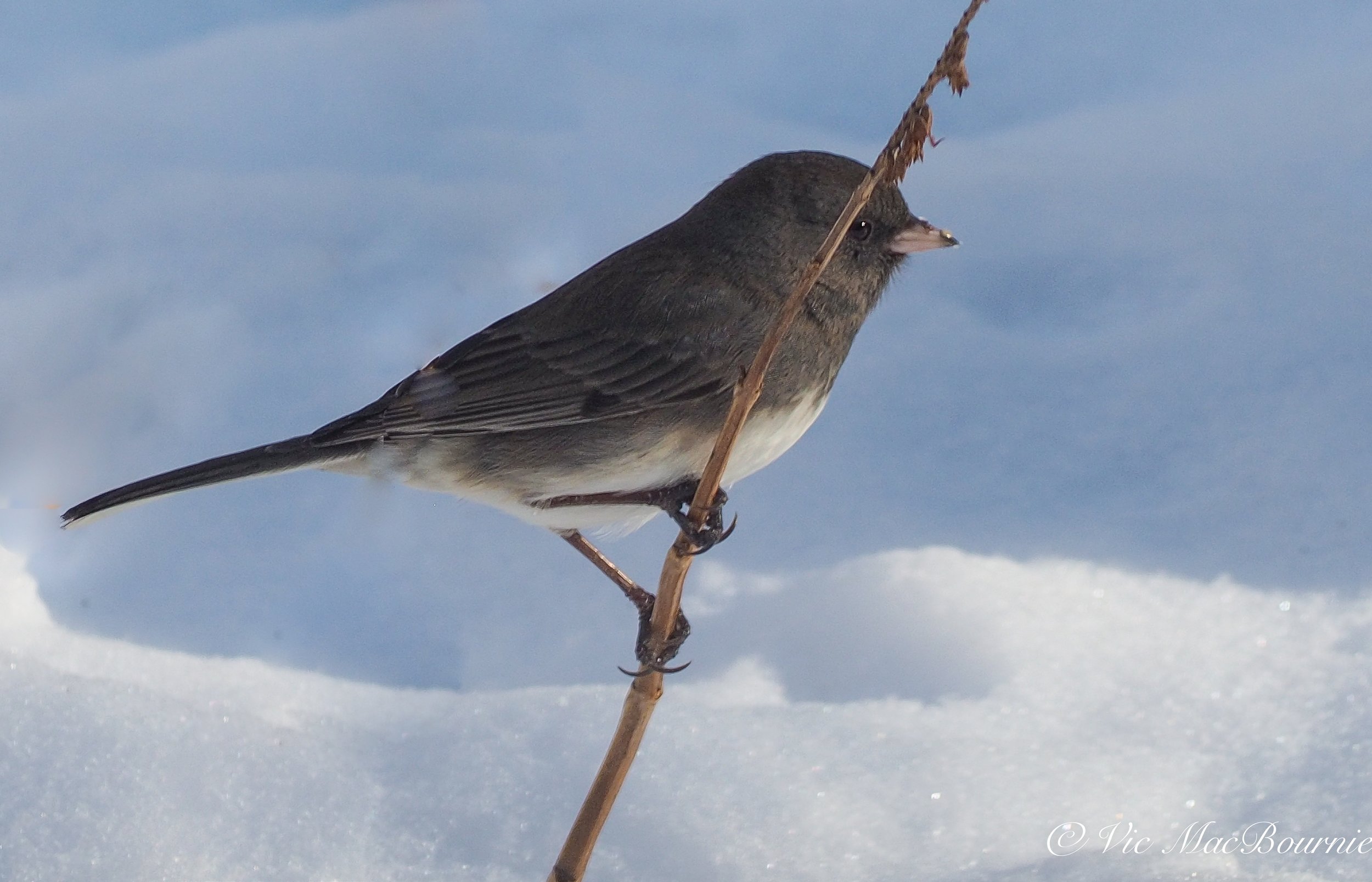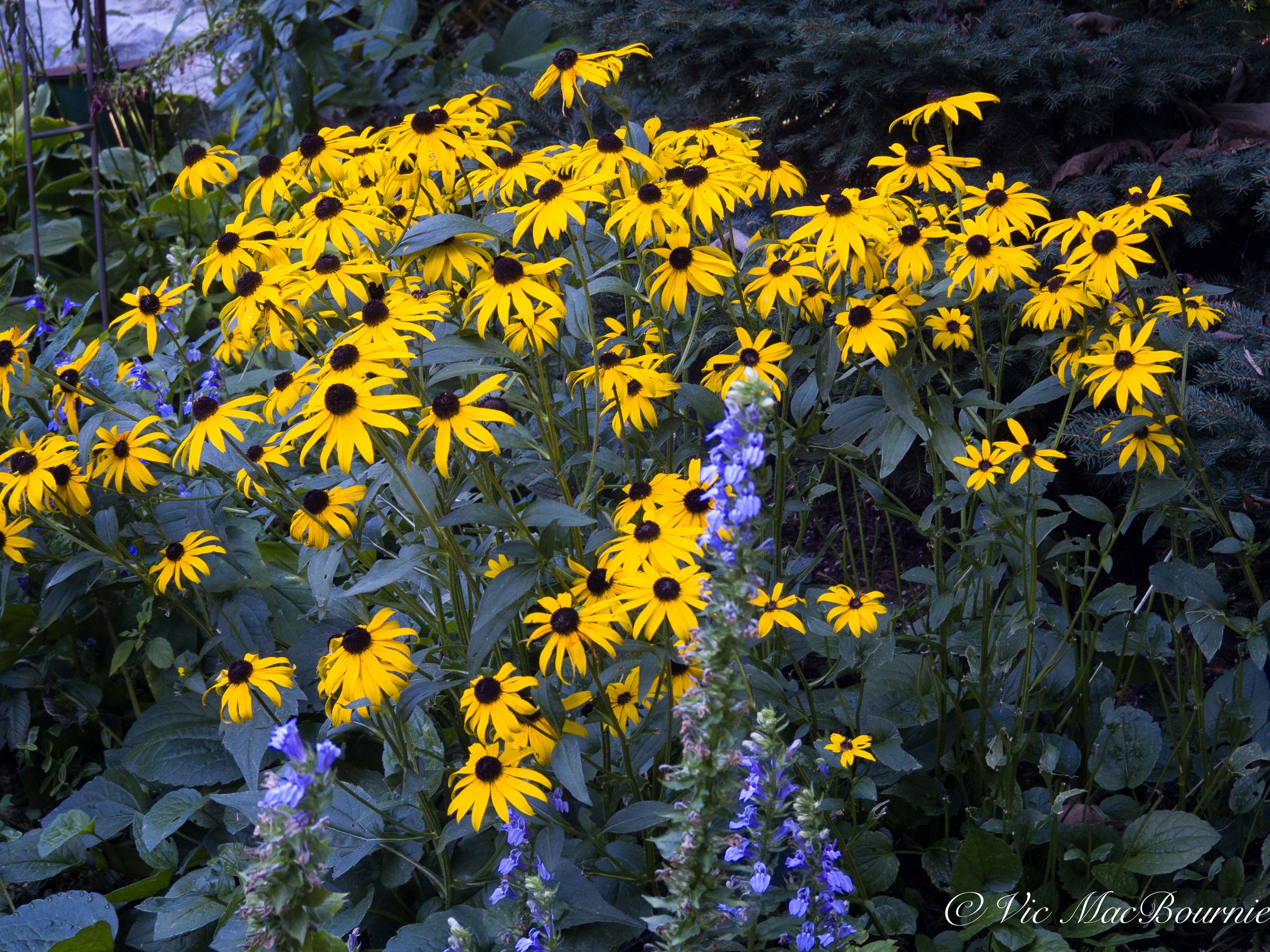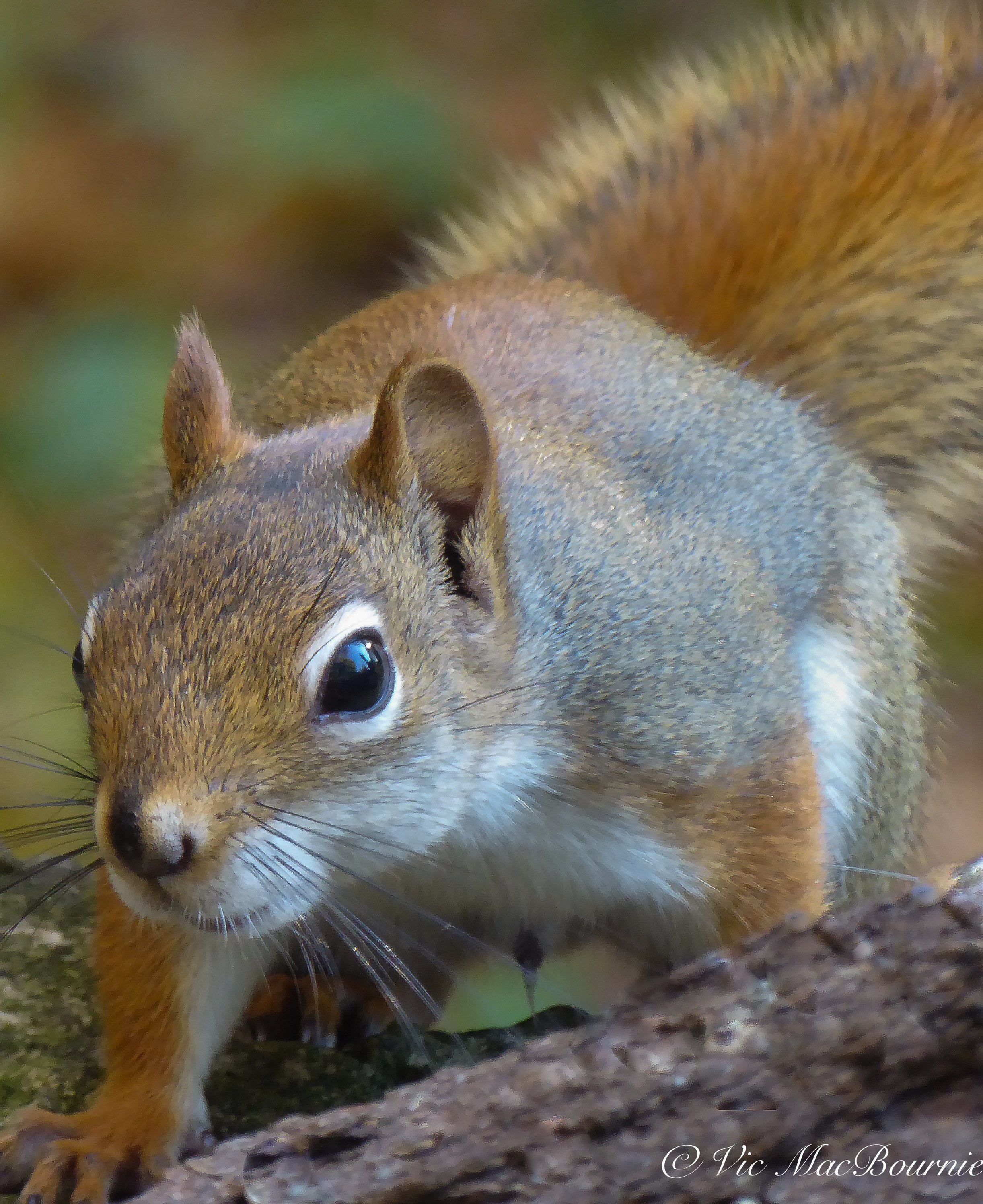Wildscape: Learning to embrace our gardens
Author urges gardeners to stay in touch with nature, our gardens and wildlife
Touch may seem a little strange in a gardening sense. We can all relate to scent, sound and visual senses in the garden and the wildlife that call it home, but touch, well, that’s not something we focus on in quite the same way.
The other senses in the garden come to us – whether we choose to or not, we smell the flowers, hear the birds, and admire our little friends from near and far.
The sense of touch, however, requires us to reach out and experience it. Many times that ability to touch something in our gardens is out of reach – the bird in the tree, the doe with her fawn.
What we may overlook, however, is the way our gardens reach out to us for an embrace.
For Nancy Lawson, the author of Wildscape: Trilling Chipmunks, Beckoning Blooms, Salty Butterflies, and other Sensory Wonders of Nature (PA Press, Princeton Architectural Press, New York) touch is rooted in memories of her late father and the special relationship between them.
She tackles the sense of touch in the fourth chapter of her five-chapter exploration of garden senses in her newest book following the highly successful book The Humane Gardener.
For more on Nancy’s newest book, check out the four other posts beginning with How senses play a key role in our gardens.
If The Humane Gardener, was a plea for respect and compassion toward all species and a call for gardeners to welcome all wildlife to our backyards, Wildscape is a call to action for gardeners to recognize the problems humans are creating and how our actions are, in many cases, forcing garden wildlife to change natural behaviours to survive.
How our gardens helped us survive the Covid lockdown
In the second chapter of Wildscape, Nancy brings us back to the summer of 2020 when the world was in the throes of the COVID lockdown.
It was a time when touch, at least between humans, was difficult at best. A time of seclusion, of feeling lonely and out of sync with the world around us as most of us remained locked in our very small worlds restricted to our apartments, homes and, for the lucky ones among us, our gardens.
For the author, it was the sighting of a secretive bird in her garden and the long awaited summer rains that opened a floodgate of memories and emotions.
“I’m transported to a distant forest of long ago, where I zigzag on toddler legs with my father across a trail, seeking refuge under the dense canopy when drizzle turns to deluge,” Lawson writes.
“We dash beneath the tallest tree to plot our next move. The sky booms. My dad squeezes my hand, and I look up to see if he shares my sense of foreboding. But he is smiling at me, his eyes twinkling. He says something funny, and we start laughing. I feel happy. Hand in hand, we make a break for it, dodging the downpour with the help of our tree friends, even though we are already dripping wet,” Lawson writes.
“This is my first memory of being alive, in late July 1972, two months shy of my third birthday and exactly forty-eight years before I would meet the yellow-billed cuckoo,” writes the author upon seeing the rather rare and secretive bird fly into the tulip tree.
“Decades later, that rain soaked hike remains foundational to my worldview. The trees took care of me on that day, and so did my dad. It only makes sense that I’ve spent the rest of my life loving them back. Even on the worst of days, as the trees begin to outlive my human family, I take comfort and joy in their embrace.”
And it’s that embrace from the garden – in the heart of the Covid shutdown – that helped so many of us get through the challenging time.
How Covid impacted fauna in our gardens
I remember hours out in the garden watching the birds, the chipmunks and the deer going on about their business completely unaware that a deadly virus was wiping out millions of people around the world.
In our gardens, life went on as usual except for the new-found serenity that enveloped neighbourhoods. To our feathered and furry friends in the garden, the earth was finally taking a break. The constant drone of cars, trucks and airplanes quieted. The normal hustle, bustle and inherent dangers that kept the neighbourhood fox from venturing out during daylight hours were nowhere to be seen.
Animals not normally seen were out walking the streets in some areas. Birds could hear their mates calling out and chipmunks’ danger warnings were heard loud and clear.
The birds filled the air with songs. Bees buzzed, frogs croaked, coyotes howled and fawns cried out for their mothers.
And, our gardens embraced us at a time we needed it most.
Of course, Nancy goes well beyond the garden embrace in her entire chapter on the sense of touch in the garden.
Do trees and plants need a sense of community?
She writes of how so many gardeners and landscapers are overlooking the importance of touch among plants, trees and shrubs in the garden.
Peter Wohlleben has written an entire book The Hidden Life of Trees on how important it is for the roots of trees to feel part of a community as they do in a forest or woodland setting.
If you want to know more about Peter’s book, check out my comprehensive post on The Hidden Life of Trees here.
Our garden plants, trees and shrubs also need to embrace in our garden community.
Nancy writes about how gardeners “plant specimens” in order to prevent disease from spreading. But these specimens are left orphaned, not just for a couple of weeks or years, but for a lifetime.
“Our culture inflicts this kind of social distancing on other living organisms even in the outdoors – to the point of allowing plants to grow near each other and animals to touch them has become a radical act. Landscapers and gardeners talk of “specimen” trees and “ornamental” shrubs and flowers as if they were inanimate objects made only for our own needs and pleasures, and in treating them this way we deprive the whole community, human and nonhuman alike,” she writes.
It’s considered normal to force trees to stand lonely in mowed lawns or in thick layers of the shredded carcasses of their friends. Shrubs trying to reach out to others don’t get very far before their arms are cut off with pruning shears.”
Lawson’s message is clear: If we learned anything during the multi-year Covid shutdown, it was that sense of community is important to our health. That same sense of community is important to the health of our gardens and the creatures big and small that live there.
It’s time for us to embrace that sense of community in our gardens, but we can only accomplish that by stepping back from our controlling ways and giving our gardens the opportunity to create that community naturally. A community we all benefit from nurturing.




